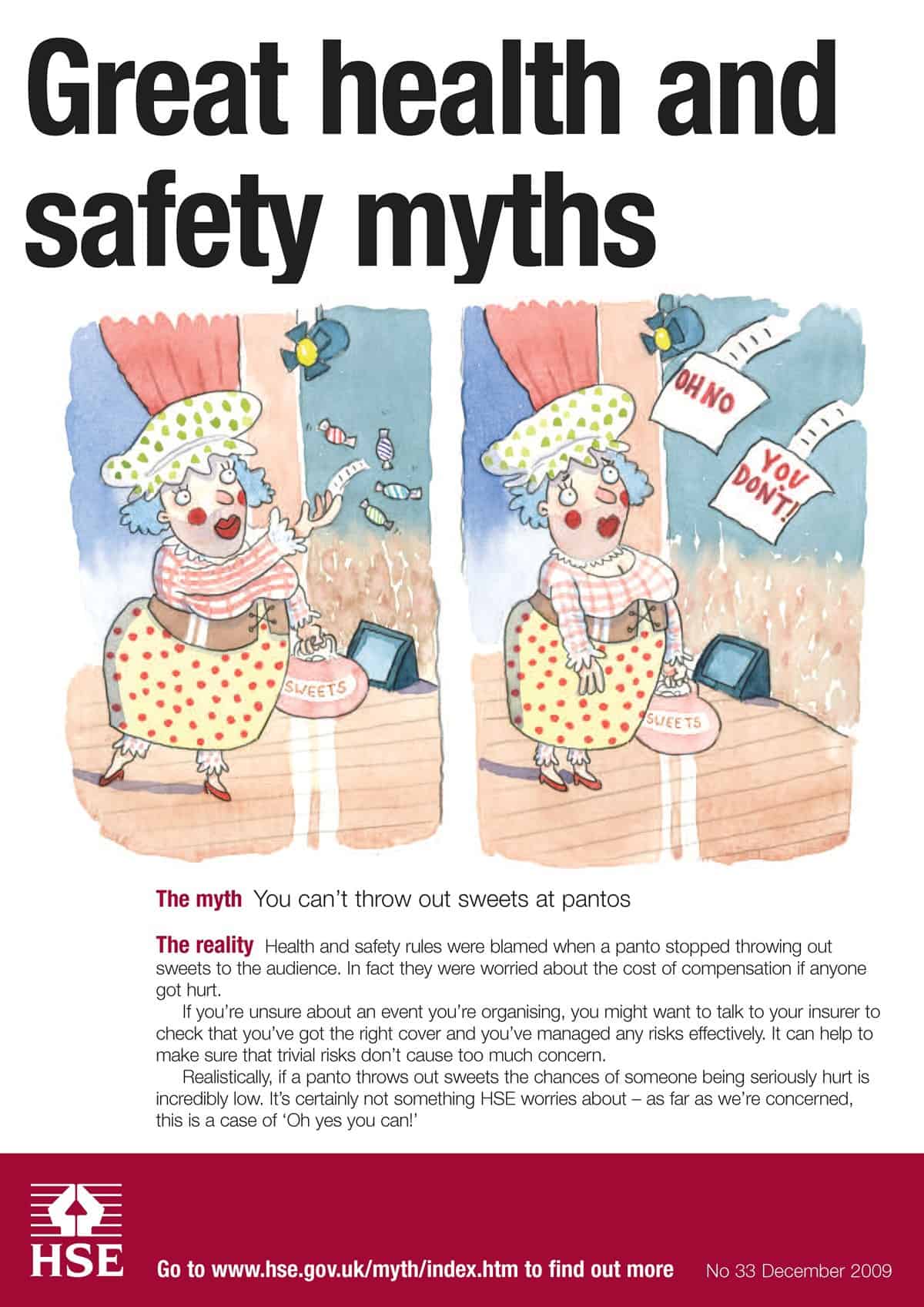Businesses thrive on the concept of return on investment (ROI) but it has been very hard to apply this to training in workplace safety and SafetyatWorkBlog can only provide clues to this relationship.
Training is an important component in any company’s safety management program but it will not solve all OHS ills, regardless of the claims of some training providers. Specific training to achieve licences is one type of training where skills become directly practical but other training, such as First Aid, Health & Safety Representative (HSR) training or general OHS training, is more difficult to quantify. Continue reading “Does OHS training work?”

